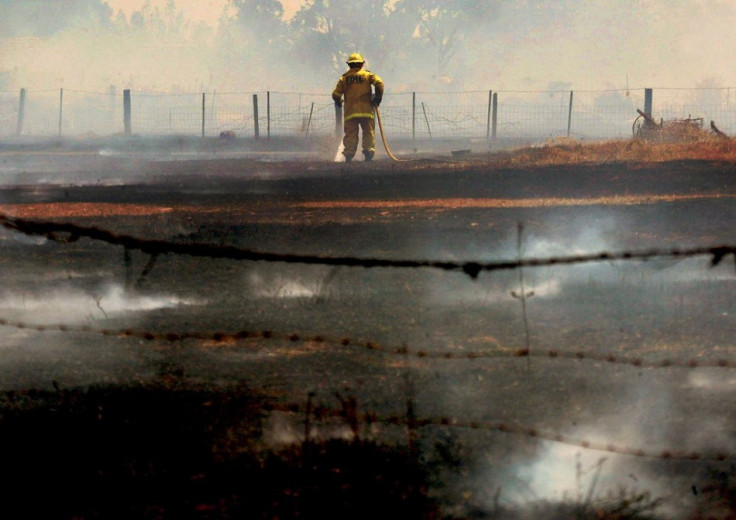NOAA: June Saw Hottest Global Temperatures Since Records Began

Temperatures seen in June 2014 were the hottest for the month since records began, with the global land and ocean surface reaching 0.72⁰C (33.3°F) above the 20<sup>th century average of 15.5⁰C (59.9°F).
Data from the US National Oceanic and Atmospheric Administration found that global land surface temperature was 0.95⁰C (33.7°F) above average, while the ocean was 0.64⁰C (33.15°F) above average – the highest for June on record, and the highest departure from average for any month.
"The combined average temperature across global land and ocean surfaces for June 2014 was record high for the month, at 0.72⁰C (33.3°F) above the 20th century average," the NOAA said.
"This surpasses the previous record, set in June 1998, by 0.03⁰C (32⁰F). Nine of the 10 warmest Junes on record have occurred during the 21st century, including each of the past five years. June 2014 also marks the second consecutive month with record high global temperatures."
The administration noted that the last below average global temperature for June was in 1976.
It said warmth was "fairly evenly distributed" over the northern and southern hemispheres, with record warmth recorded across part of southern Greenland and parts of South America, eastern and central Africa and southeastern Asia.

New Zealand saw its warmest June since records began over 100 years ago, while the UK experienced its ninth warmest June since 1910.
"For the ocean, the June global sea surface temperature was record warm, at 0.64⁰C (33.15°F) above the 20<sup>th century average of 16.4⁰C (61.5°F). This marks the first time that the monthly global ocean temperature anomaly was higher than 0.60⁰C (33°F) and surpasses the previous all-time record for any month by 0.05⁰C (32°F)."
Predicting how the temperature may affect the coming months, NOAA said there is now a 70% chance of El Nino conditions developing in the northern hemisphere this summer, with an 80% chance it will develop in the autumn or winter.
Jessica Blunden, a climate scientist with the NOAA, told USA Today that the developing El Nino conditions contributed largely to the record temperatures seen in June.
University of Arizona climate scientist Jonathan Overpeck said: "This is what global warming looks like. Not record hot everywhere all the time, but certainly a reflection that the odds of record hot are going up everywhere around the planet."
© Copyright IBTimes 2025. All rights reserved.






















